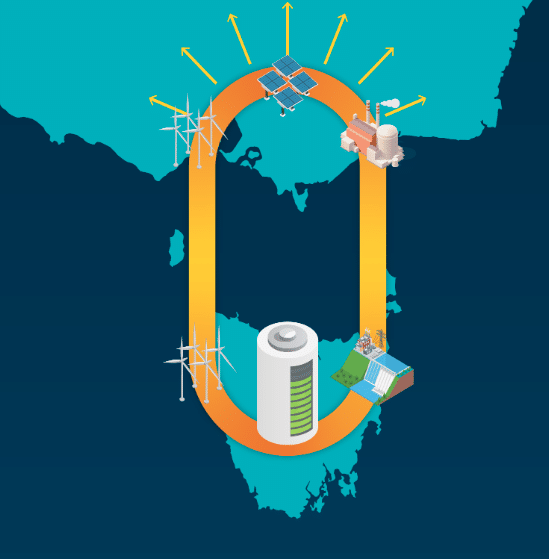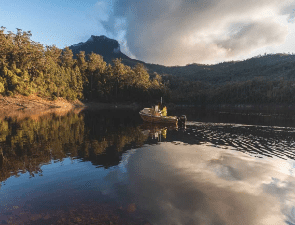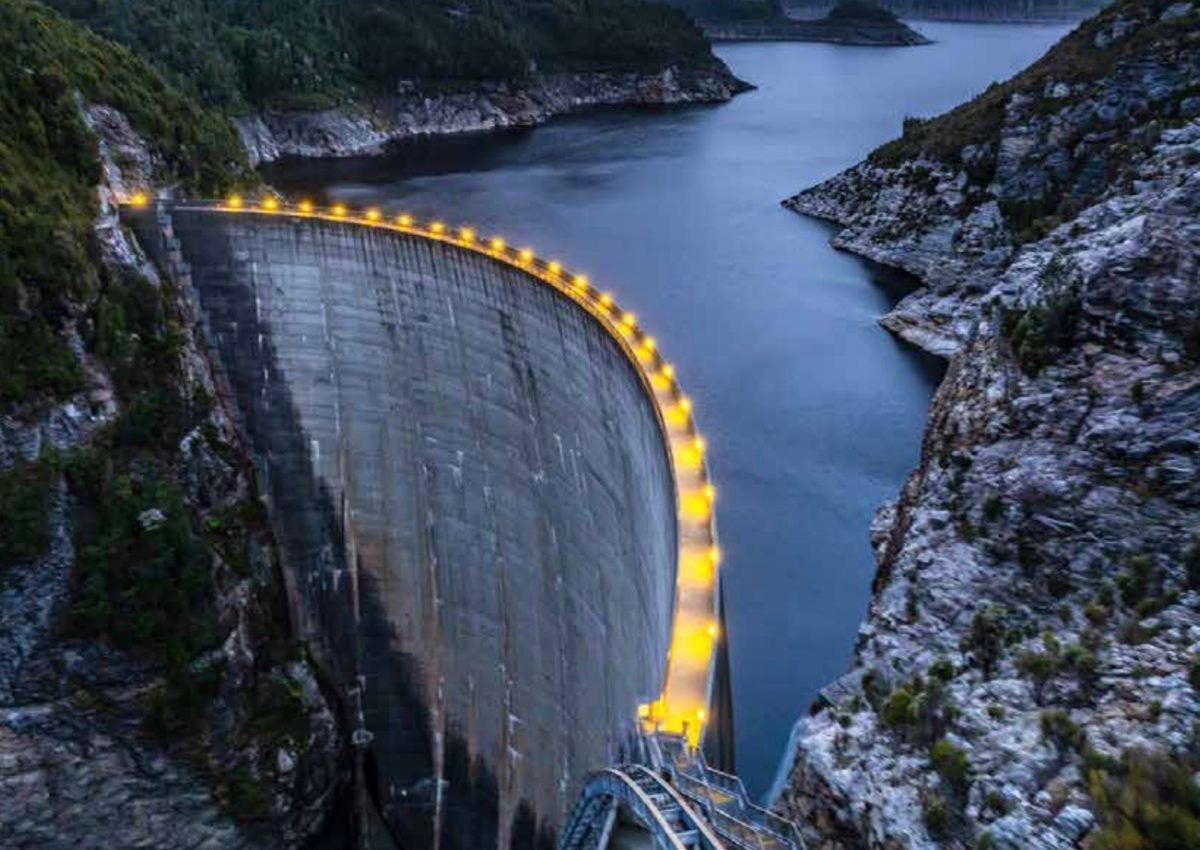As part of a new energy agreement with Tasmania, the federal government has pledged a further $93.9 million to the Marinus link project which will see a 1,500 MW undersea electricity cable connect north west Tasmania to the Latrobe Valley in Victoria. The funds are in addition to the $56 million pledged towards the project last year, taking the Morrison government’s investment to $150 million in the $3.5 billion project.
The federal government has also agreed to a “scoping and development process” for underwriting the pumped hydro Battery of the Nation project in Tarraleah.
The two projects, which the government says go “hand in hand” by increasing both the island’s storage capacity as well as connectivity to the National Energy Market, have been accelerated as part of the Morrison government’s JobMaker Covid-19 recovery plan.

Tas Networks
Under the agreement, a new ‘joint special purpose corporate vehicle’ will also be established to move the proposal to a final investment decision, with 62.5% of the shares allocated to the commonwealth and 37.5% going to Tasmania.
The Morrison government has also agreed to look at underwriting the $650 million Battery of the Nation hydro storage project. The proposed underwriting could see early works commence on the project in 2021.
The Bob Brown Foundation has, however, been critical of the hydro project. It believes the plan is unnecessary and unviable, saying the redevelopment will be too expensive for Tasmania and that long-term storage will be rarely needed by the mainland.

Hydro Tasmania
The bilateral energy agreement follows a similar announcement last month between the Victorian and federal government fast tracking the Victoria to NSW Interconnector (VNI) West project. The investments are part of the federal government’s plan to accelerate major infrastructure projects in a bid to create jobs and spur economic growth following the pandemic. The economic benefits of Marinus Link for Tasmania and Victoria are estimated to reach $2.9 billion.
“These projects will create 2,800 jobs which will be crucial as Tasmania continues to recover from the COVID-19 pandemic,” Prime Minister Scott Morrison said in a statement.
“They will also develop the backbone of a reliable, lower emissions National Electricity Market for the next decade and beyond.
Tasmania’s premier Peter Gutwein said the projects will “further unlock” the state’s renewable energy potential, which in November was applauded for reaching 100% renewables. Gutwein said the move will result in over $7 billion in economic activity.
“Having already achieved 100 per cent self-sufficiency in renewables, Tasmania is already punching above its weight in generating low cost, reliable, clean energy for the nation, and this will help us achieve our target to double our renewable generation to 200 per cent of our current needs by 2040,” the premier said in a statement.
Tasmanian Minister for Energy, Guy Barnett, said the move will solidify the state’s reputation as a global leader in renewable energy.
“The anticipated increased energy interconnection between mainland Australia and Tasmania will also improve energy security and help put downward pressure on power prices, while enhancing our growing reputation for renewable energy production,” he said.
The state and federal governments’ joint statement said more “emissions reduction projects” will be announced as part of the bilateral agreement in 2021.
This content is protected by copyright and may not be reused. If you want to cooperate with us and would like to reuse some of our content, please contact: editors@pv-magazine.com.









By submitting this form you agree to pv magazine using your data for the purposes of publishing your comment.
Your personal data will only be disclosed or otherwise transmitted to third parties for the purposes of spam filtering or if this is necessary for technical maintenance of the website. Any other transfer to third parties will not take place unless this is justified on the basis of applicable data protection regulations or if pv magazine is legally obliged to do so.
You may revoke this consent at any time with effect for the future, in which case your personal data will be deleted immediately. Otherwise, your data will be deleted if pv magazine has processed your request or the purpose of data storage is fulfilled.
Further information on data privacy can be found in our Data Protection Policy.